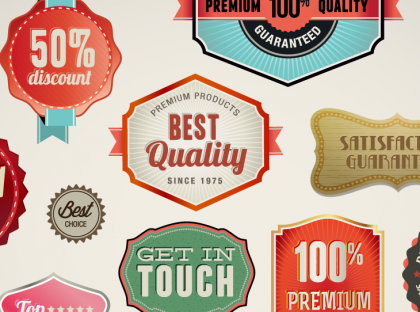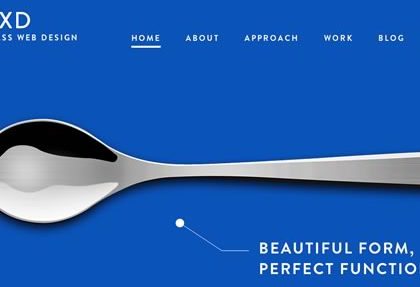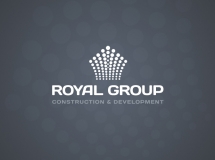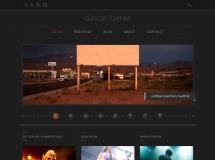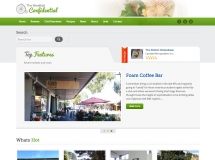Now powering over 17% of the Web, WordPress is increasingly becoming the content management system (CMS) of choice for the average user. But what about websites built with an outdated CMS or without a CMS at all? Does moving to WordPress mean starting over and losing all the time, energy and money put into the current website? Nope!
Migrating a website (including the design) over to WordPress is actually easier than you might think. In this guide, we’ll outline the migration process and work through the steps with a sample project. We’ll also cover some of the challenges you might encounter and review the solutions.
About This Guide
Before we get to work, let’s establish some context. First, this guide was written primarily with beginners in mind and will be most helpful for basic websites. Some of you will likely encounter advanced aspects of WordPress migration, but they are beyond the scope of this guide. If you’re tackling an advanced migration and get stuck, feel free to share your difficulty in the comments below.
OBJECTIVES
The objective of this guide is to help you with the following:
- Plan an effective migration to WordPress.
- Walk through the technical steps involved in migrating.
- Get ideas and resources to solve common migration challenges.
ASSUMPTIONS
I assume you have basic familiarity with WordPress. Previous development experience with WordPress would be helpful, but not necessary. I also assume you have an existing website and design that you want to migrate to WordPress.
BASIC STEPS
Here are the basic steps that I recommend you follow for a typical WordPress migration:
- Evaluate website.
Work carefully through the pages on your existing website, identifying all of the types of content (standard pages, photo galleries, resource pages, etc.) and noting any areas that need special attention.- Set up environment.
Set up WordPress and get ready to import.- Import content.
Bring over and organize your content, whether via an importing tool, manual entry (for a small amount, when no tool is available) or a custom importing process.- Migrate design.
Incorporate your existing design into a custom WordPress theme.- Review website, go live.
Carefully review the import, making adjustments where needed, set up any URL redirects, and then go live.With this outline in mind, let’s work through each step in detail.
For more check the orignal article on Smashing Magazine: http://wp.smashingmagazine.com/2013/05/15/migrate-existing-website-to-wordpress/

